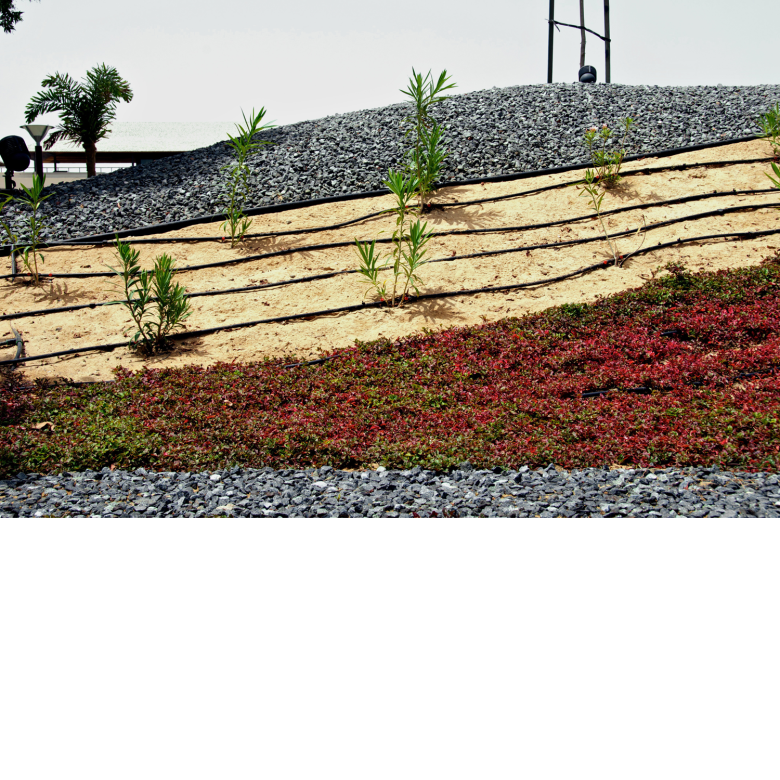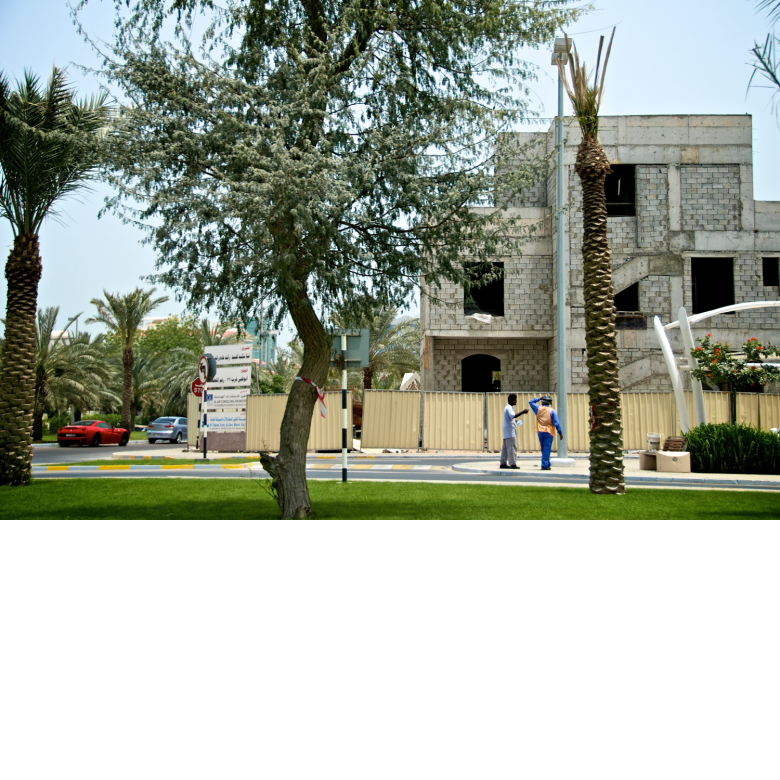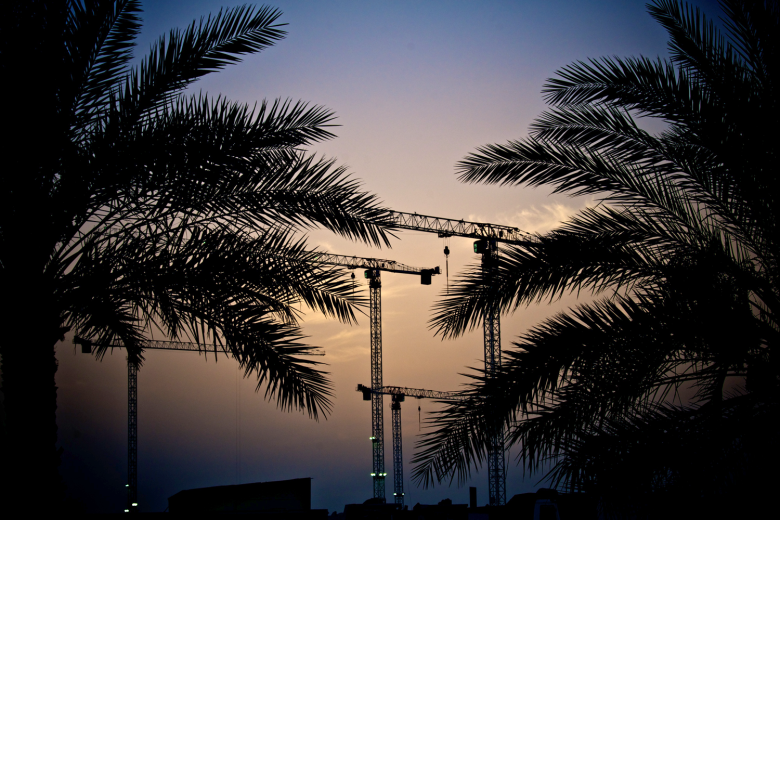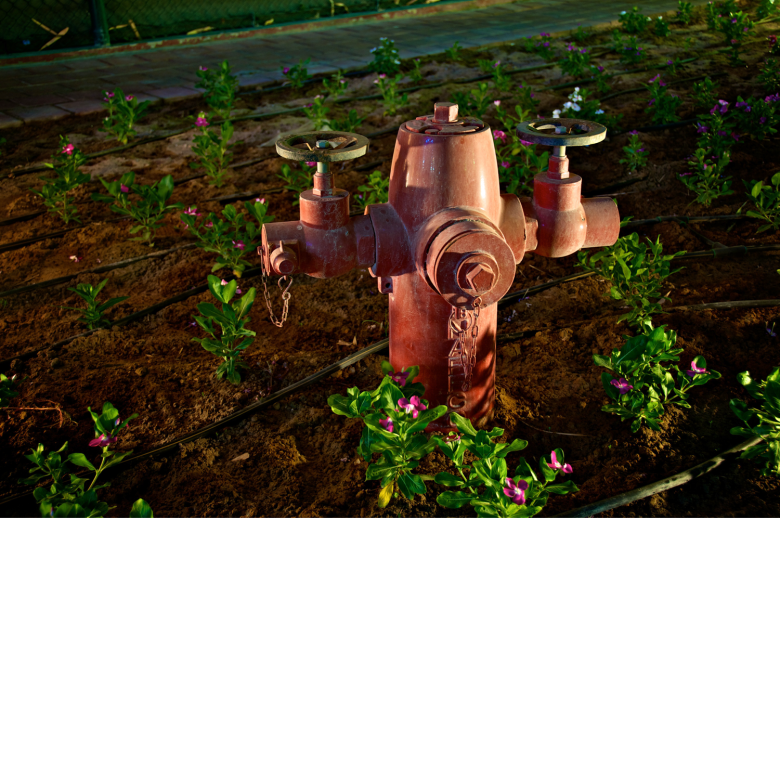-
Artificial Landscapes
Abu Dhabi, UAE.
Despite its arid climate, low rainfall and lack of natural water resources, Abu Dhabi has expanded exponentially during the last 40 years and has undergone a number of significant changes to become one of the world’s richest metropolises. Today, it is the political, cultural and commercial centre of the United Arab Emirates and a prime international tourist destination, with one of the highest per capita water consumptions in the world averaging 550 litres per person a day.Throughout this transformation the city has continually expanded its parks, gardens and recreation areas, whilst simultaneously attempting to establish regulations which protect the Emirate’s biodiversity in the face of rapid development.
Aside from the oppressive heat of the desert climate, it is the close proximity of water that is most forcefully impressed upon visitors. The abundance of water in Abu Dhabi is a direct result of incredibly ambitious engineering feats. Water has become a key concern for the municipality with the use of large scale seawater desalination plants long playing an important role in supporting the region’s economic expansion, compensating for the lack of ground water to meet the demands of its growing population.
Delivering a balance between practicality and aesthetics is never simple when designing a green area in a desert city with year round high temperatures. Whilst the skyline of the city evolves, it is the development of its parks, gardens and eco-tourism complexes that may well soon crown Abu Dhabi as the greenest destination in the Middle East.
Yet despite the Emirate’s achievements since gaining independence in 1971, the city still feels unfinished. It is quite clear upon arrival that Abu Dhabi is more the dream of a city, never quite becoming a concrete reality.
-

-

-

-

-

-

-

-

-

-

-

-

-

-

-

-

-

-

-

-

-

